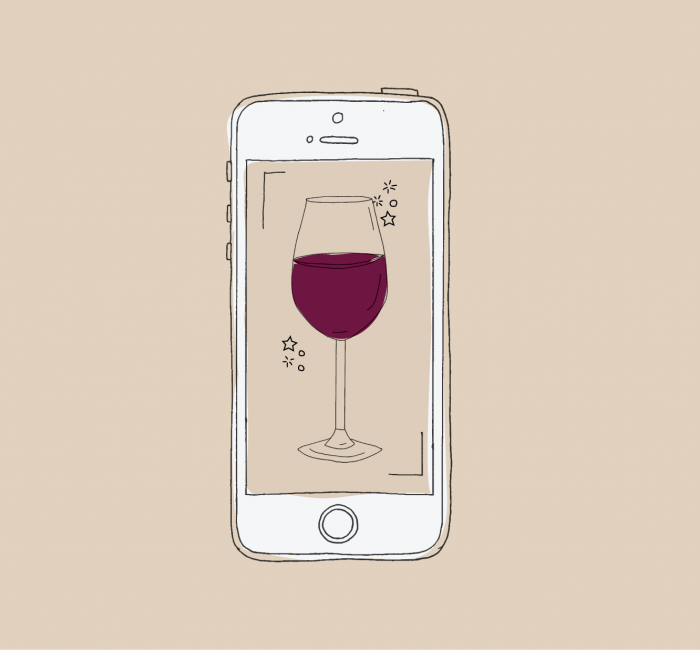Hey Wineries: It’s Not Just You, E-commerce is Hard.
Very few wineries are happy with their Direct to Consumer (DTC) solution. Here’s a few of the underlying reasons, along with our recommendations for the next time you’re thinking of switching providers (or breaking something). [Estimated Reading Time: 4min]
Copied to clipboard

This article is a chapter from Transom's E-Book 5 Things We Learned Building Brands and Websites for Wineries (PDF).
Estimated Reading time:3 Minutes
Selling wine online is a complicated endeavor. Aside from the logistics of shipping temperature-sensitive liquid in glass bottles, you have maddening tax rates and countless regulations about what you can ship where.
Add to that wine clubs, inventory allocations, Point of Sale (POS), and inventory control, and you’ve got a shambling mound of requirements that confuse and frustrate most standard e-commerce systems (and the people who use them).
A good number of winery-specific solutions have been developed to help wineries sell their wine online, yet in all our experiences with wineries, we’ve never met anyone who is completely happy with their system. Every winery is different, so we can’t say what system is best for you, but we can tell you the pain points we’ve seen, and the ways we see a few systems working to change that.
Pros & Cons of All-in-One Solutions
A common type of digital wine sales platform is the all-in-one solution. These solutions promise to unify e-commerce, POS, wine club, website, Customer Resource Management (CRM), and more into one seamless system. One check to write, one support number to call, all information in one spot. WineDirect, VineOS, and OrderPort are popular, feature-rich examples. On paper, these systems sound like great solutions, but in our experience they can be problematic. Instead of handling a few core features well, they become masters of none, often with unwieldy admin interfaces running on outdated codebases. The difficulty of changing systems should a component cease to be a good solution only compounds the problem: in order to change anything, you have to change everything. We’ve known wineries who can’t stand their current provider, but the cost of extracting their systems from the all-in-one solution was just too great.

The Modular Path
Some systems are more focused in their offerings and rely on integrations with third-party systems to cover other functionality. VineSpring, VinoShipper, and Commerce7 are examples of these modular systems. While this approach increases the complexity of your billing and may require assistance to set up, we find it preferable to the all-in-one system. Indeed, it is because these systems have fewer features that they offer longer-term viability and flexibility. By limiting their focus, these systems can concentrate on maintaining and improving their core functionality. Furthermore, by integrating with third-party solutions for CRM, compliance, and POS, they present more options for the winery to customize, and pick the providers that work best for them.
If your website’s e-commerce system is cluttered, cumbersome, or it doesn’t perform well on a phone, you are losing sales. The question then becomes: how much can you afford to lose?
Whatever You Do, Make it Easy
Whatever path you choose, the ease of customer experience — as customers browse your site, sign up for wine clubs, and purchase your product — is of paramount importance. Successful online retailers invest millions of dollars in making the path to purchase as smooth and hassle-free as possible. If your website’s e-commerce section is cluttered, cumbersome, or it doesn’t present well on a phone, you will lose sales. The question then becomes: how much can you afford to lose?
Some Questions:
- How long does it take to find and purchase a bottle of wine from my current online ordering system?
- Does my system look and feel clean and uncluttered? Do pages load quickly?
- How does my system feel on mobile? On a tablet? Can I purchase using Google Pay, Apple Pay, or PayPal?

